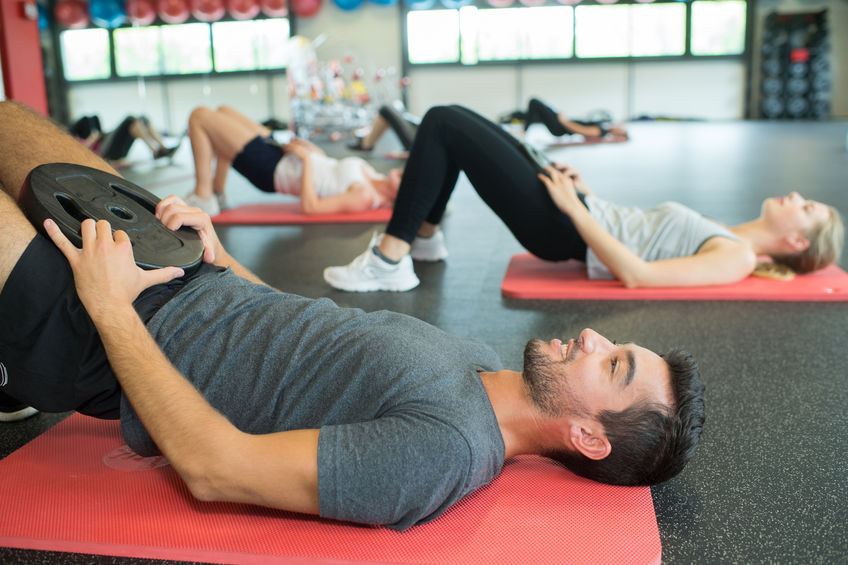
September 7, 2024
Existing Management Of Pelvic Fracture Urethral Injuries: To Straighten Or Otherwise? Dixon Translational Andrology And Urology
Atonic Bladder: Definition, Symptoms, Causes, And Therapy Reflexive (hyper-reflexive) neurogenic bladder is normally discovered in individuals with injury to the upper electric motor neurons (UMNs) of the nervous system. Upper motor nerve cells (UMNs) are the main resource of movement in human beings. The cell bodies of UMNs are in the upper part of the central nerves, the brain and brainstem. UMNs attach to decrease motor nerve cells (LMNs) with junctions called interneurons. Messages for movement follow this pathway unless interrupted by injury or condition.Urinary Incontinence: The Pelvic Flooring Function
Several assessment sets of questions are readily available to help quantify the symptomatic impacts on daily living. Medications that influence urinary system incontinence must be reviewed, specifically cholinergic medicines and diuretics. Your physician might recommend that you do these exercises often to reinforce the muscles that assist control peeing. Also called Kegel workouts, these strategies are specifically effective for anxiety incontinence yet might additionally aid urge incontinence. We examined every one of the present literature relating to PER and suprapubic cystostomy as a treatment for PFUI.- None of the four clients dealt with effectively with PER reported urinary incontinence or impotence.
- They are covered with gel, hydrophilic, or antibacterial substances.
- The mind analyzes the tightenings to indicate when it is time to empty the bladder.
Expanded Indications For The Pubovaginal Sling: Treatment Of Kind 2 Or 3 Stress Urinary Incontinence
SERPINA5 is normally present in urine in extremely reduced focus and offers, among other features, as a pro-inflammatory factor, which may be an explanation for it overexpression in samples of patients with SUI [1, 14, 15, 16, 17, 18, 19, 20] The thoughtful equivalents of muscarinic receptors are beta-adrenoceptors. Their activation, naturally by noradrenaline release from postganglionic thoughtful nerve cells of the hypogastric nerve, can mediate relaxation of the detrusor and therefore add to the remediation of bladder storage space function. Having an atonic bladder can be uncomfortable, especially because there's no remedy. Bladder contractions that subdue the stamina of the sphincters or weak sphincters can cause urinary incontinence. Problems with the main nerve system (CNS) causing miscommunication in between the bladder and sphincters can bring about retention or neurogenic bladder. Suspension therapies aim to bring back or to enhance urethral Lifting technology and/or bladder neck placement and support, thereby enhancing the bladder neck or sphincteric closing system. These are well-known treatment methods for women SUI [223, 224] and have actually just recently been presented also for male SUI [225, 226]Blockage
For this reason, it is not unexpected that neurological conditions or lesions that disrupt such intricate neuronal control conveniently lead to disorder and/or signs in the LUT. Indeed, the prevalence of lower urinary system system disorder (LUTD) and associated signs and symptoms in neurological problems such as spine injury (SCI), multiple sclerosis (MS), Parkinson's disease (PD), and stroke, can reach 100% (Tables 1 and 2). Urinary incontinence takes place due to an existing clinical problem or a hidden problem that makes your bladder as well weak to hold pee. They will aid you recognize the most effective procedure for urinary incontinence based on the underlying cause and your wellness. It can be brought on by pelvic flooring illness, while pregnant and childbirth, and as a result of a bigger prostate (to name a few).What is the surgical procedure for blended urinary incontinence?
Surgical treatment is carried out to bring back the regular placement of the bladder neck and urethra. There are 2 primary sorts of procedures for incontinence: bladder neck suspension procedures and sling procedures.
Social Links